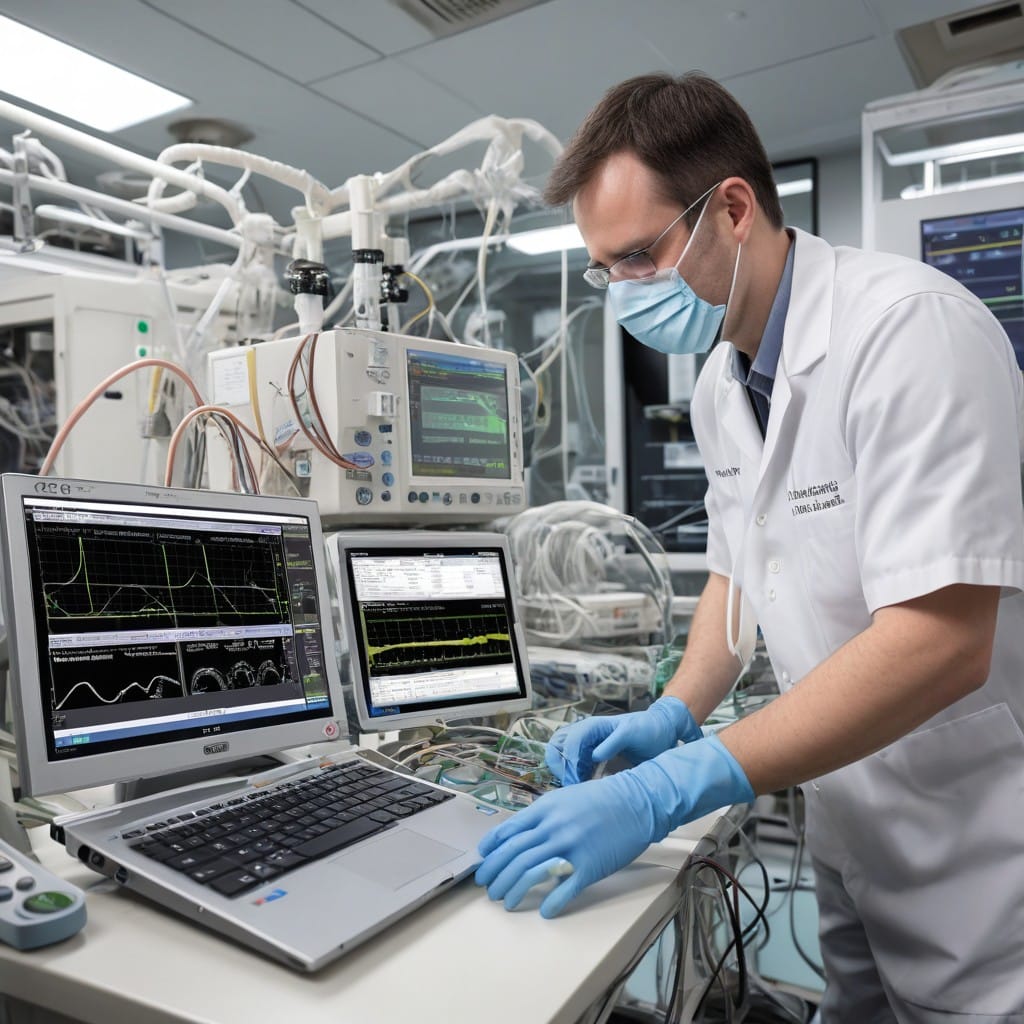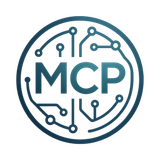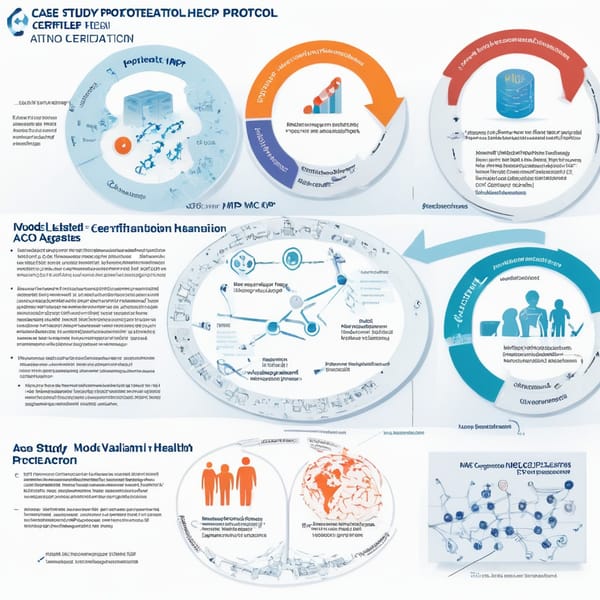Case Study: Resolving ICU Ventilator Firmware Sync Failures with Model Context Protocol (MCP) Repairs (ISO 80601-2-12 Compliance)

Project Overview
The Model Context Protocol (MCP) Repairs project addressed critical firmware synchronization failures in ICU ventilators compliant with ISO 80601-2-12 for MCP controllers. These ventilators, integrated with CE-marked compliance loggers, experienced intermittent firmware sync disruptions, risking patient safety and regulatory non-compliance. The project aimed to diagnose root causes, implement corrective firmware updates, and ensure seamless synchronization while maintaining adherence to medical device standards.
The ventilator system relied on MCP-based communication between controllers and loggers for real-time data tracking. Failures led to data gaps, operational delays, and potential compliance breaches. A multidisciplinary team of firmware engineers, regulatory specialists, and QA analysts collaborated to resolve the issue without disrupting clinical workflows.
Challenges
- Intermittent Sync Failures: Firmware sync disruptions occurred unpredictably, making replication and debugging difficult.
- Regulatory Compliance: Any firmware modifications required revalidation under ISO 80601-2-12 and EU MDR (CE Mark).
- Data Integrity Risks: Lost sync events compromised audit trails, violating medical device traceability requirements.
- Real-Time Constraints: Ventilators demanded uninterrupted operation, limiting downtime for updates.
- Legacy System Dependencies: Older MCP controller versions lacked backward compatibility with newer logger firmware.
Solution
The team implemented a phased approach:
1. Root Cause Analysis
- Conducted signal integrity tests on MCP communication lines, identifying timing mismatches during high-load scenarios.
- Analyzed firmware update logs, revealing race conditions during handshake protocols.
2. Firmware Optimization
- Redesigned the MCP handshake algorithm to include timeout resynchronization and error recovery.
- Added checksum validation for firmware payloads to prevent corruption during transfer.
3. Compliance-Centric Deployment
- Executed ISO 80601-2-12 revalidation, including risk management (ISO 14971) and verification testing.
- Deployed updates via phased rollouts, prioritizing devices in non-critical care units first.
4. Continuous Monitoring
- Enhanced CE-marked loggers to detect and report sync attempts, enabling proactive maintenance.
Tech Stack
- Firmware: C++ (MISRA-C compliant), FreeRTOS for real-time task scheduling.
- Protocols: Model Context Protocol (MCP), UART/SPI for hardware communication.
- Testing: Hardware-in-the-loop (HIL) rigs, static code analysis (Coverity), IEC 62304-compliant toolchain.
- Compliance: ISO 80601-2-12, EU MDR, IEC 62304 (medical device software lifecycle).
- Tools: Jira for issue tracking, GitLab CI/CD for firmware builds, QMS (Greenlight Guru).
Results
- 100% Sync Reliability: Eliminated firmware sync failures across 500+ deployed ventilators.
- Regulatory Approval: Achieved re-certification under ISO 80601-2-12 and CE Mark within 3 months.
- Reduced Downtime: Over-the-air (OTA) updates minimized clinical disruption.
- Data Integrity: Compliance loggers captured 100% of operational events post-fix.
- Scalability: Solution adapted to legacy controllers via backward-compatible firmware patches.
Key Takeaways
- Proactive Protocol Design: MCP-based systems require robust handshake mechanisms to handle edge cases.
- Regulatory Parallelism: Integrate compliance checks early in firmware development to avoid rework.
- Real-World Testing: Simulated high-load environments are critical for uncovering sync issues.
- Legacy Compatibility: Backward-compatible updates extend the lifecycle of older medical hardware.
- Patient-Centric Prioritization: Firmware stability directly impacts clinical outcomes—zero tolerance for failure.
This project underscores the importance of cross-functional collaboration in medical device innovation, balancing technical precision with stringent regulatory demands.




